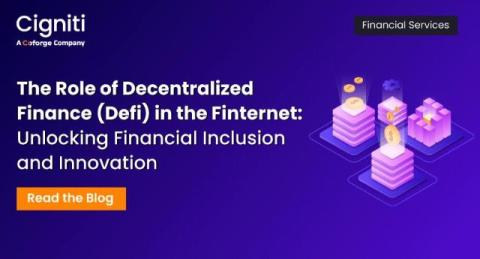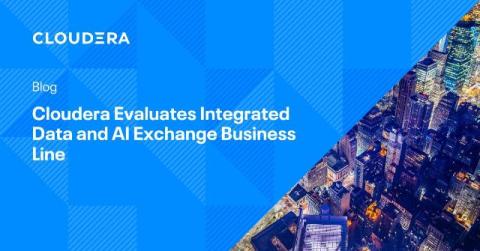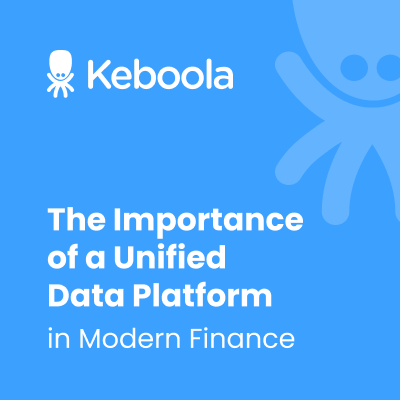The Role of Decentralized Finance (DeFi) in the Finternet: Unlocking Financial Inclusion and Innovation
The Finternet, a limitless financial space, is transforming significantly through decentralized finance (DeFi). Using blockchain technology, DeFi redefines how individuals interact with, access, and utilize financial services. It removes the need for traditional intermediaries, offering a more accessible, transparent, and cost-effective alternative to conventional systems. Let’s explore how DeFi is unlocking new possibilities for financial inclusion and driving global innovation.











